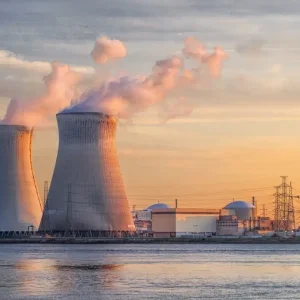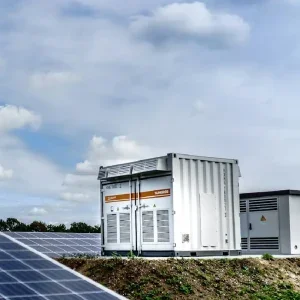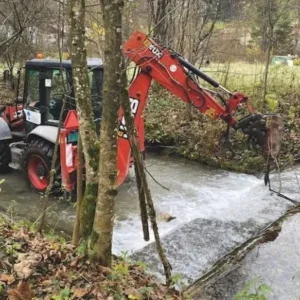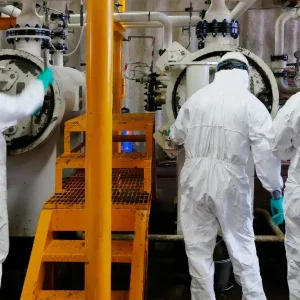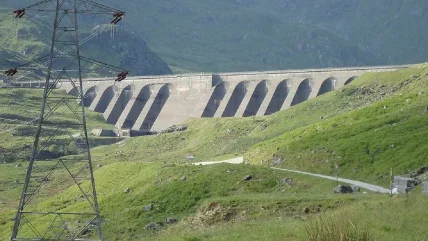
The UK government has unveiled a consultation on the policy framework to facilitate investment and accelerate the deployment of long-duration electricity storage in its decarbonising energy system.
Recognising the pivotal contribution of long-duration electricity storage, the government says it wants to address existing investment challenges within current energy market frameworks because, as evidenced by industry analysis, these challenges have impeded the widespread deployment of long-duration electricity storage at scale.
The government’s proposed solution is the development of a cap and floor mechanism designed to overcome identified investment barriers. The consultation invites input on various aspects of this approach, including eligibility criteria for assessing applications, the cap and floor mechanism design, and the proposed options for delivering the scheme.
In a positive response to the news, Drax, a key player in the renewable energy sector, expressed its approval. Currently progressing plans to expand its Cruachan pumped storage facility in Scotland, Drax aims to construct a new 600MW plant adjacent to the existing underground installation. This addition would effectively more than double the site’s total generation capacity to over 1GW.
Having received development consent from the Scottish government in July 2023, Drax’s expansion initiative was endorsed by Scotland’s First Minister, Humza Yousaf, during a visit to Cruachan last year. Yousaf emphasised that the expansion would “strengthen our energy security by providing much-needed resilience in the system” and serve as “a real boost to the Scottish economy.”
Despite the critical role of pumped storage hydro plants in decarbonisation, the absence of a suitable investment framework has made it challenging to attract private investment. The UK has not seen the construction of such plants since 1984.
Ian Kinnaird, Drax’s Scottish Assets Director, highlighted the significance of the recent developments, stating: “This is a significant stride toward realising a new generation of pumped storage hydro plants. These plants would enhance UK national energy security and play a vital role in the fight against climate change.”
Expressing readiness to collaborate with the UK government and other stakeholders, Kinnaird emphasized Drax’s commitment to delivering a policy environment that attracts investment, strengthens energy security, and benefits consumers. Drax’s ambitious plans for Cruachan have the potential to create and support nearly 1,000 jobs during the construction phase.
In other news, Statkraft, Europe’s largest renewable energy generator, is planning to invest up to six billion euros in upgrades to its Norwegian hydropower facilities.
CEO Christian Rynning-Tønnesen said this was the country’s largest investment programme of its kind for decades. It will be a major contribution to Norway’s energy system and green transition, as well as having positive effects on the Nordic and European energy markets.
The investment programme will include 1.8 – 3 billion euros in upgrades and transformations of Norwegian hydroelectric power plants, plus 1.2 – 2 billion euros in rehabilitation of dams and modernisation of older power plants, with 1500-200MW or more than a 20% increase in installed effect.
“We are working to mature the best hydropower projects. All projects will depend on a predictable regulatory framework, getting the necessary concessions, the level of power demand, and a good dialogue with local communities,” says Birgitte Ringstad Vartdal, Statkraft’s Executive Vice President for the Nordic region.
Statkraft also recently announced that it will acquire Scotland’s Red John Pumped Storage Hydro Scheme, from Intelligent Land Investments Group (ILI).
The 450MW scheme, first conceived in 2015, was granted consent by Scottish Government ministers in June 2021. Located on a site around 14km southwest of Inverness, it is pending a final investment decision and will support hundreds of jobs during construction, providing locally based permanent jobs once operational.
ILI is a leading clean energy development company based in Hamilton, Scotland. It has taken the Red John Pumped Storage Hydro project from initial conception to being development ready, establishing itself as one of the top energy storage developers in the UK, with a robust 4.7GW portfolio comprised of both Pumped Storage Hydro and battery storage projects.
Mark Wilson, CEO of ILI, said: “From its inception until now, Red John has been eight years in getting to this stage and has required the expertise and dedication of a fantastic team. I would especially like to thank the team who has helped in reaching this exciting milestone. Entrusting Red John to Statkraft reflects our confidence in their capability to realise its potential and rekindle Scotland’s hydro legacy.
“As we stand on the threshold of a greener future where long-duration storage like Red John is paramount,” he continued. “We believe the UK can lead in renewable energy paired with energy storage as a keystone for the energy transition. There is over 5GW of pumped storage hydro projects in the UK pipeline which will inject billions into the economy and create over 15,000 new jobs.”
Statkraft already has a number of pumped storage plants in operation in both Norway and Germany, alongside over 350 other hydropower plants, including Rheidol, near Aberystwyth, in Wales.
Kevin O’Donovan, Statkraft’s UK Managing Director, said: “Statkraft is fully committed to supporting the UK in strengthening its energy security and helping to secure the economic benefits of the net zero transition. The acquisition of this significant pumped hydro storage scheme will play a key role in that. But there needs to be an appropriate support mechanism in place, so we’re now looking to the UK Government to provide the certainty that will allow us to proceed with confidence.”
This article first appeared in International Water Power magazine.


